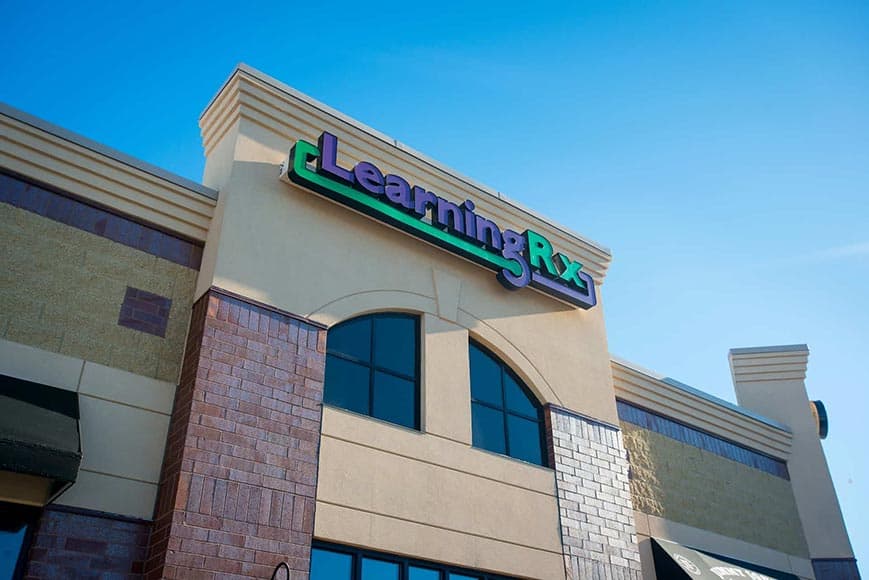Understanding Learning Styles and Cognitive Skills
As parents, understanding the unique learning styles of your children can play a crucial role in supporting their educational journey. Dr. Neil Fleming’s VARK model of learning styles provides a helpful framework to give a name to these preferences:
- Visual Learners: Thrive with images, pictures, and spatial organization of elements.
- Auditory Learners: Excel with music, sound, rhyme, rhythm, speaking, or listening.
- Reading/Writing Learners: Flourish through reading or writing material.
- Kinesthetic Learners: Learn best through movement, hands-on activities, and tactile experiences.
While these models offer valuable insights, it’s important to acknowledge that saying your child falls into one of these categories may actually point more to their weaknesses than their strengths.
Critics of Learning Style Models
The concept of learning styles arose from a genuine need to address the diverse learning preferences in the classroom. However, skeptics argue that understanding individual learning styles is complex and not entirely clear-cut. Larry Spence, in his article “Getting Over Learning Styles,” highlights the uniqueness of every brain, emphasizing that it’s more distinctive than DNA or fingerprints.
Additionally, questions persist about the underlying factors that shape these preferences. Are they rooted in biology, psychology, or simply habits formed over time?
Moreover, some research suggests that accommodating learning styles in the classroom may not necessarily lead to improved academic outcomes.
Cognitive Strengths, Weaknesses, and Learning Styles
Rather than relying on a child’s learning style, it’s important to consider their whole brain. If your child is a visual learner, say, that tells you something about their cognitive skills…
If they need to physically see materials in order to comprehend concepts, it’s actually a signal that their visual processing skills are likely a relative weakness. This may seem counterintuitive, but the reason is that visual processing is your brain’s ability to think in pictures. If this process is inefficient for a student, they compensate by relying on external visual aids to take the burden off of these weak skills.
The same holds true for the other learning styles. If a child can learn in only one way, there are cognitive inefficiencies that are holding them back. Every brain is unique, and so are the ways a child learns best. Instead of just accommodating your child’s need to have information presented a certain way, you can help them build the skills they need in order to learn any material in any context. This is where cognitive skills come into play.
Cognitive Skills and Brain Training
Cognitive training, commonly referred to as brain training, offers a method to fortify cognitive weaknesses. Through personalized, one-on-one sessions with a trained professional, intensive mental exercises are employed to target and enhance underperforming skills.
A study involving 21,974 children and adults demonstrated significant improvements in cognitive performance following brain training. Students who strengthen their cognitive skills have reported greater flexibility and ease of learning, regardless of how the information is presented!
A benefit to the cognitive skills approach is that we can tailor a program to a student’s exact strengths and weaknesses. While a tutor may be able to take classroom material and present it visually to help a visual learner, for example, brain training targets the brain skills kids need to have in order to learn in any style or context.







